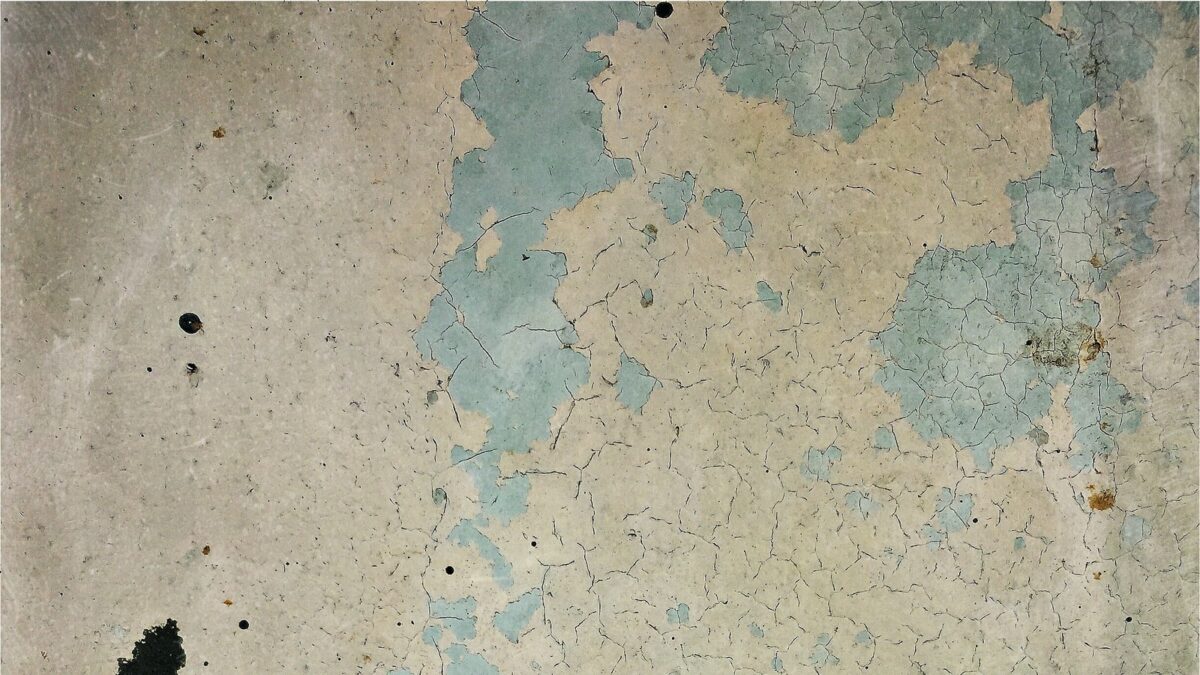Hydrogen peroxide spray is one of our most versatile green cleaning products. It is a powerful disinfectant and brightens dull and stained surfaces. It’s also much gentler than bleach so there’s no risk of damage or discoloration. Peroxide leaves a light and refreshing clean scent, as opposed to the strong fumes that bleach produces.
How Clean and Simple uses hydrogen peroxide in your home
Our teams use their Betco Green Earth® Peroxide Cleaner for a variety of tasks throughout the entire home.
In the bathroom, we use peroxide cleaner to:
– Brighten dull grout and remove mold and other stains
– Disinfect all surfaces
– Remove soap scum from tile, porcelain, glass, and metal fixtures
In the kitchen, we use peroxide cleaner to:
– Disinfect counter tops, refrigerator door handles, microwave interiors and more
– Clean tile, linoleum, and some laminate floors
How does it work?
Hydrogen peroxide is the water molecule with one extra oxygen atom. This extra oxygen makes the product an oxidizer, which means it can break down other compounds. In the case of hydrogen peroxide, this is what makes it useful to remove soap scum and as a disinfectant. It also means that hydrogen peroxide decomposes into oxygen and water, which makes it an environmentally friendly cleaning product.
According to the CDC, hydrogen peroxide can kill a wide range of bacteria, yeasts, fungi, viruses and spores.
7 Household uses for hydrogen peroxide
You can use hydrogen peroxide for several household tasks (though it isn’t recommended to treat cuts and scrapes anymore – it can slow healing time and lead to other complications)
1. Sanitize cutting boards
You should do this regularly with all cutting boards, but especially those made of wood and other porous materials. Spray the cutting board with peroxide cleaner. Let it sit for five minutes and then wipe off with a clean cloth.
2. Remove stains from marble
Unsealed marble stains very easily, and those stains can be difficult to remove. Try this method: mix hydrogen peroxide and flour to create a paste. Apply this paste to the stain and cover with plastic wrap. Let sit overnight, and then wash off the next morning. You might need to repeat this process a few times to completely remove the stain.
Note: test your flour/peroxide paste on a small inconspicuous area first
3. Use in place of bleach in your laundry
Pour a cup of hydrogen peroxide in with whites to remove stains (also works well to remove the musty scent from towels). Let sit 10-15 minutes before starting the machine.
4. Use as a fruit and veggie wash
Remove dirt and pesticides from produce by adding ¼ cup of hydrogen peroxide to a full sink of cold water. Wash produce in the sink and then rinse with cold water.
5. Boost disinfecting power of dish soap and detergent
Add about 2 ounces of hydrogen peroxide to your bottle of dish detergent or soap to disinfect dishes when you wash them.
6. Disinfect sponges
Disinfect kitchen sponges by soaking them in a 50/50 mixture of hydrogen peroxide and warm water for ten minutes. Rinse thoroughly after soaking.
7. Keep fungus off indoor plants
Add a small amount of hydrogen peroxide to water in spray bottle and lightly mist plant leaves. This can help reduce possibility of fungus on plant leaves.

